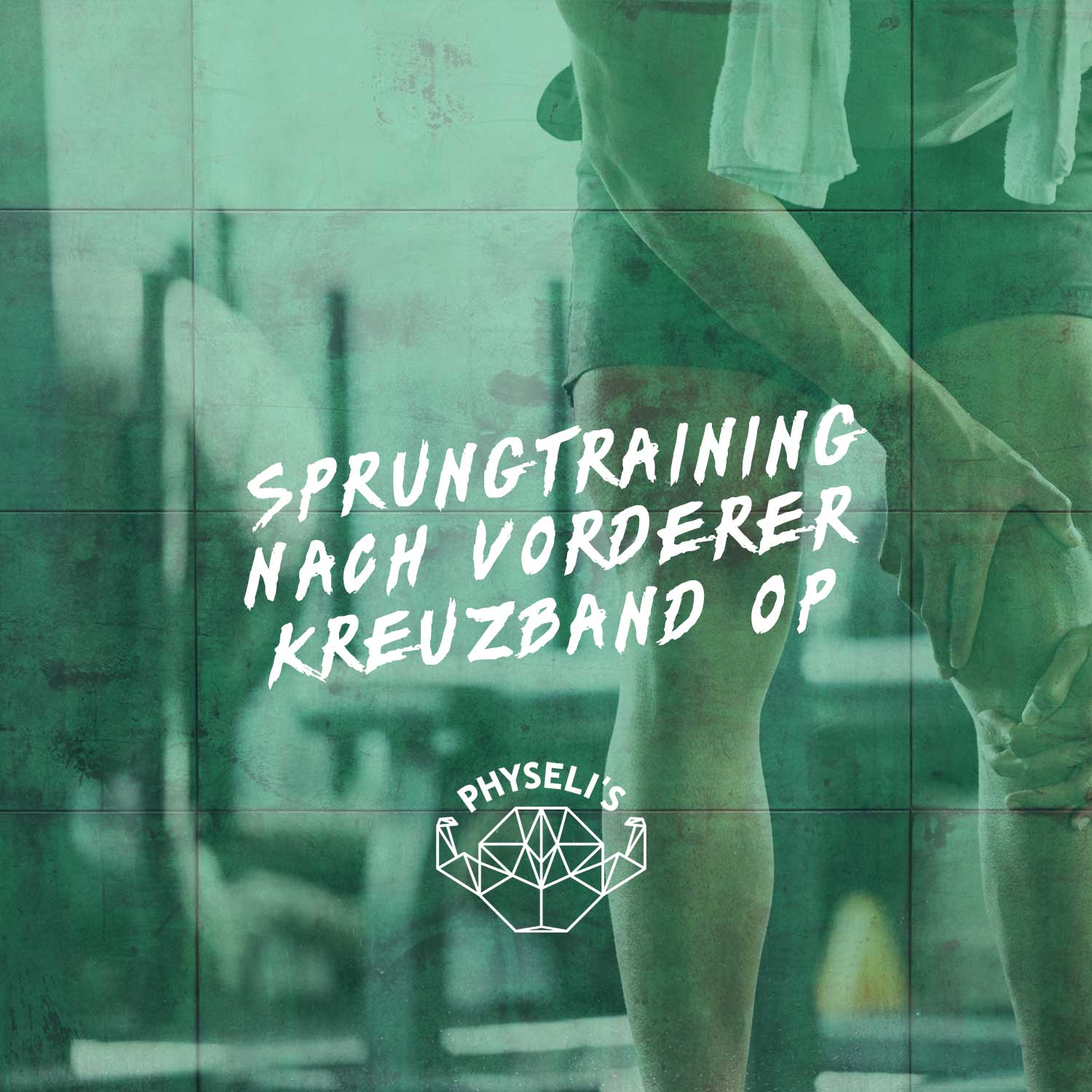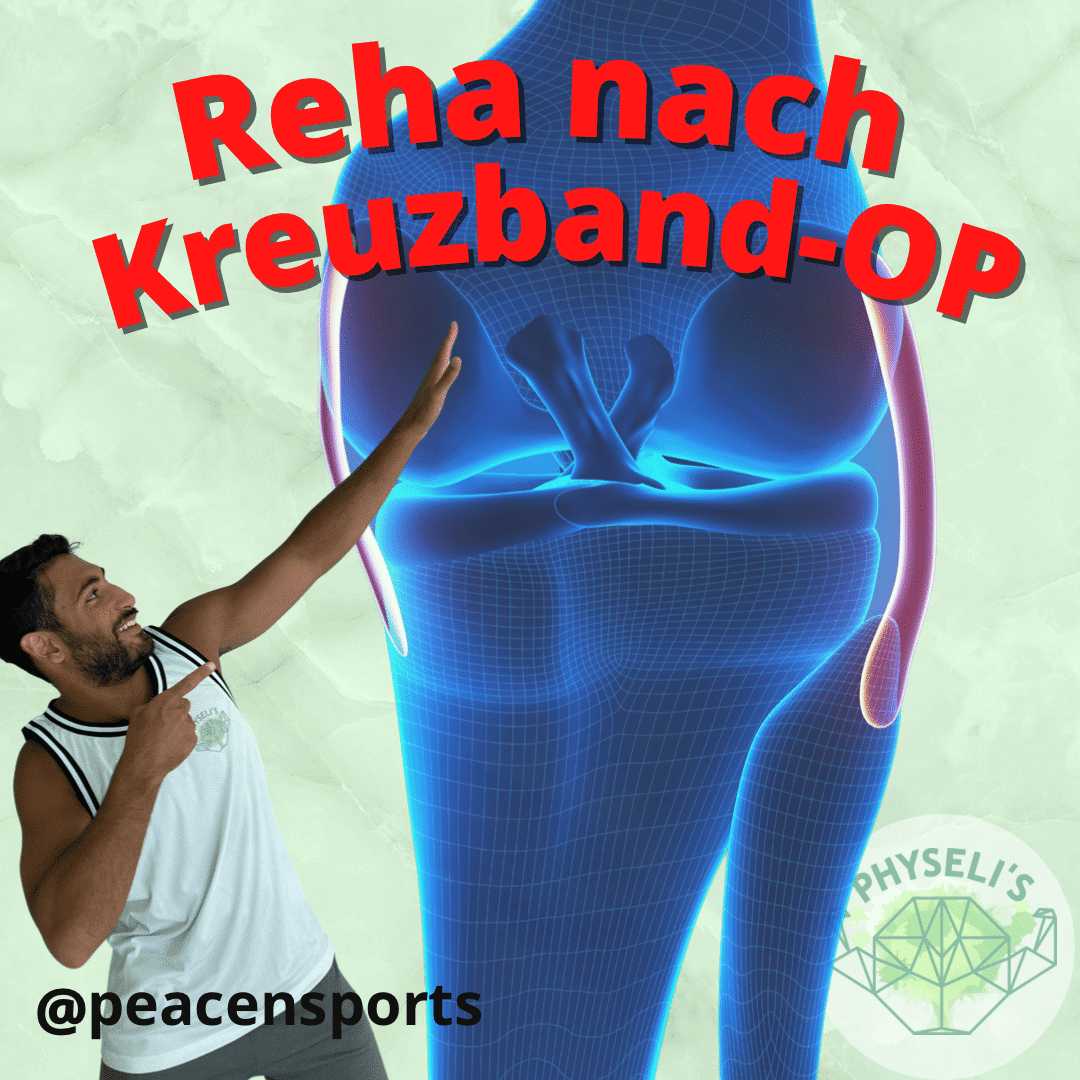Returning to running after an anterior cruciate ligament (ACL) injury marks a significant milestone in the rehabilitation process and requires comprehensive planning and individualized adjustments to ensure the best possible outcome. Every patient goes through an individual healing process, characterized by various physiological and psychological factors, which is why there is no standardized procedure. Deciding on the optimal time to resume running training is complex, as returning too early can bring the risk of re-injury, while returning too late can affect motivation and prolong the recovery process.
To support the process of returning to walking after ACL surgery, the study by Rambaud et al. (2018) provides valuable insights. More than 200 studies were examined and the most important parameters evaluated.
Time
On average, a period of 12 weeks after ACL surgery is recommended to start running again. However, this time frame varies depending on the individual healing process and can be between 5 and 39 weeks.
Clinical criteria
The mobility of the knee, the extent of the swelling and the level of pain are decisive for the return to work. Full knee extension and 95% knee flexion compared to a healthy knee are important indicators for resuming running training. In addition, there should be no swelling and the pain level should be limited to a maximum of 2 out of 10.
Muscular strength
The strength of the muscles around the knee is another important factor. The strength of the quadriceps and hamstrings in particular should be tested. However, there are no standardized threshold values for muscle strength, but experts recommend a strength of 60-80% compared to the healthy leg as a guideline.
Functional tests
The functional tests include balance tests, the evaluation of jump variants and a gait analysis. These tests enable an assessment of physical performance and movement quality. Both qualitative characteristics and quantitative values should be assessed. There are no clear recommendations for suitable tests or thresholds, as the choice depends on various factors such as the patient’s age, fitness level and individual goals.
These studies provide valuable insights into the process of returning to running after an ACL injury. However, there is a lack of differentiated consideration of the various types of transplant, which can be decisive, or data on conservative treatment. Similarly, the psychological state of the patients is not taken into account, although this has a significant influence on the success of rehabilitation.
The path back to running after an ACL tear is therefore an individual process that requires patience and careful consideration of physical and psychological factors.
Let’s go – your Simon
Rambaud, A. J. M., Ardern, C. L., Thoreux, P., Regnaux, J. P., & Edouard, P. (2018). Criteria for return to running after anterior cruciate ligament reconstruction: a scoping review. Br J Sports Med, 52(22), 1437-1444. https://doi.org/10.1136/bjsports-2017-098602
💚Do you need support with your workout, rehabilitation after injury or just want to feel more comfortable and healthy in your body overall? Check out our offer or book a free online consultation.⠀




